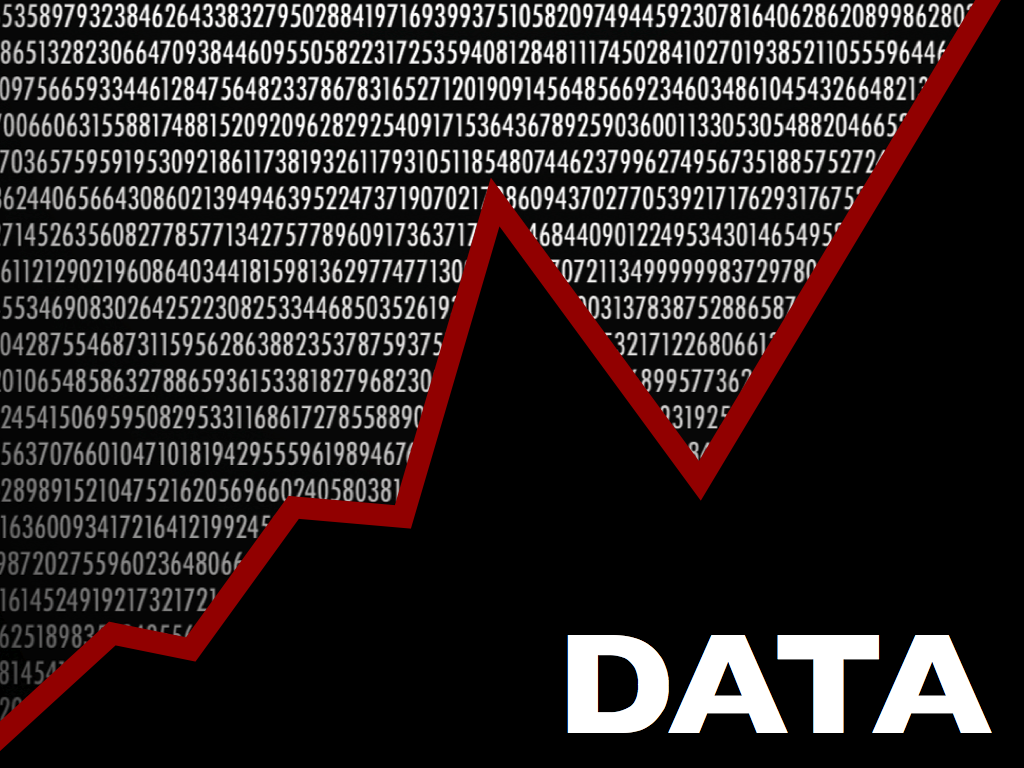Considering Flash

A company’s success is determined in part by its ability to reliably access its data, as well as the speed at which it reads and writes data to and from storage. If your company is still relying on conventional hard drives to store data, you should consider using solid-state flash arrays. Unlike a conventional spinning hard drive, a flash drive has no moving parts, operates more quickly and efficiently, and requires less energy. In addition to all of that, it’s also highly reliable and won’t crash like an HDD might.

Hard drives are vulnerable to crashing, which can result in a catastrophic loss of data. Responsible organizations already have IT protocols in place to back up data on a regular basis, both on-site and off-site, such as with a cloud service. However, even if you can restore all the data lost when a hard drive crashes, you can’t recover the time lost in worker productivity and lost opportunities while waiting for the computer to be repaired.
Unlike conventional spinning hard drives, flash drives have no moving parts to wear out. The lack of moving parts also means there are less failure points. You can’t safely move a desktop or laptop computer while its conventional hard drive is rotating, but you can move a computer that uses flash storage, as there is no danger of damaging the storage medium through sudden movements.
Starting a computer up from a flash drive is faster than starting up from a conventional hard drive. A flash drive supports 30 times the throughput speed of a conventional hard drive that is seeking or writing data. Latency in disk response time from the level of 5-15 milliseconds with a standard hard drive is reduced to less than a millisecond when your organization switches over to flash drives.
In the long run, switching over to flash drives to store your company’s data will save you money. For example, a network of computers using flash memory will require less electricity, as there won’t be a need to power the hard drives’ spinning discs or the fans required to cool the computer. Using less electricity both saves you money and gives your organization bragging rights for being environmentally friendly.
While flash drives are currently more expensive in terms of the cost per gigabyte of data, your organization should consider a different measurement—the cost of moving data in and out of the storage mechanism. The faster your computers can read and write data, the more efficiently your operations will run. This is especially significant when considering the amount of time it takes to render large files, such as when producing videos, data mining through enormous databases and serving information to terminals.
Much like video storage has moved from videocassette tapes to DVDs and Blu-Ray discs, and music went from phonograph records to 8-track tapes, cassettes and then MP3 players, it seems inevitable that the future of data storage belongs to solid-state flash drives. Is your organization ready to take advantage of the increased speed, reliability and efficiency that comes with switching over to flash drives to store your vital data?
